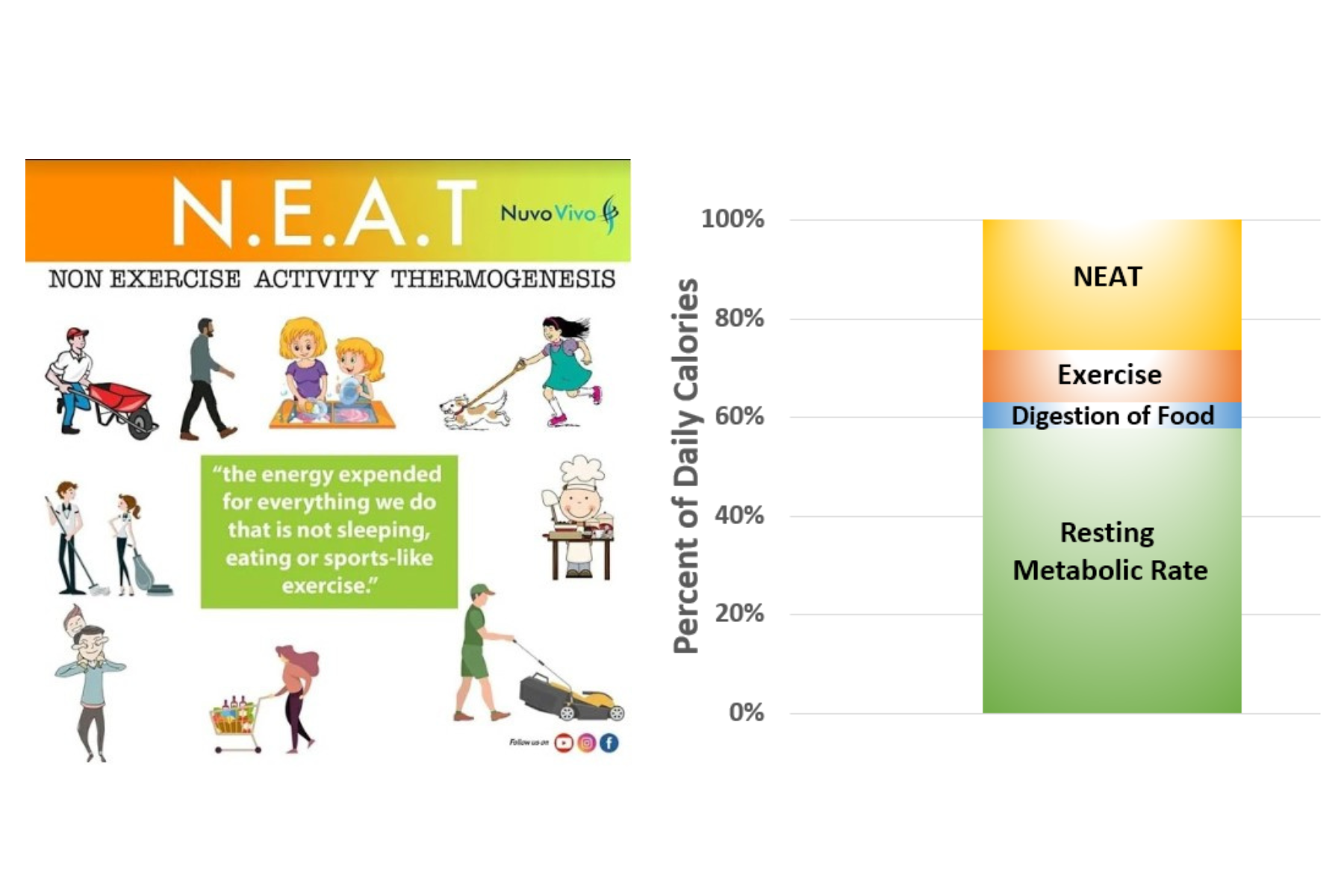NEAT (or non-exercise activity thermogenesis) is all the movement you do throughout the day that isn’t intentional physical exercise. Moving from your desk to grab a drink, doing the household chores, commuting to school/work by walking or cycling – that all counts towards your daily activity. It might not seem like much, but add it all up, and all that NEAT can help keep us very fit and healthy amidst a busy lifestyle.
The buzzwords on the street are that sitting is the new smoking. While the research is not currently extensive enough to fully compare the two, some studies do highlight links between prolonged (typically more than 1-2 hours) bouts of stillness over long periods of time with physical health risks. Examples of these include increased blood pressure and cardiovascular conditions, obesity, and musculoskeletal pains.
Now, we might think that it’s easy to counteract the effects of prolonged stillness with intense bursts of exercise throughout the week. And while these bursts are valuable, it can be eye-opening to discover that for the vast majority of us, structured and intentional exercise actually uses up a lot less energy when compared with NEAT movement (see graph below). Therefore, it can be more beneficial to move little and often throughout the day, rather than remaining still for hours at a time and trying to offset this by binging some exercise here and there.
Ultimately, a combination of consistent NEAT and intentional structured exercise (like swimming, sports, running, yoga, weight training) would be the most beneficial balance.
But, if you’re finding it hard to fit structured exercise into your week or want to be more active without taking tons of time away, have a think on how you might negotiate a little NEAT into your routine. Try a walking meeting or revision session. Set reminders every hour to move from your desk and hydrate (keeping your drink out of reach). Park or get off the bus/tram at a stop further from your destination, offering you the opportunity to move more on your journey.
While they might be initially intentional instances of movement, with a little practice and perseverance, consistent movement will become part of your normal day-to-day. You may even feel a little silly at times, seemingly wandering around for no apparent reason, but there’s nothing silly or inconvenient about staying fit and adopting a culture of movement into your healthy lifestyle. Consider this closing sentence your first reminder to move upon reading this final word.
Bharat Samra
Physical Wellbeing Lead





